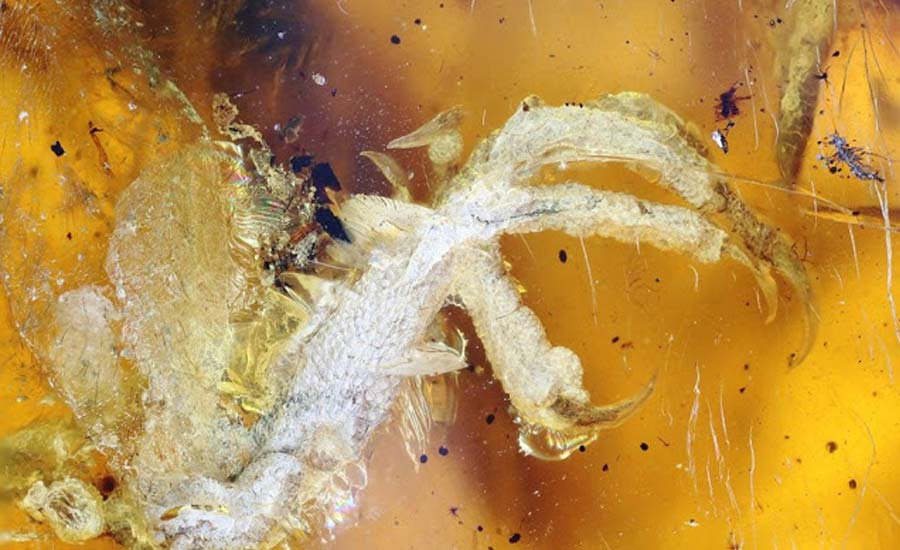
Scientists have recently made an incredible discovery of a piece of amber that contained well preserved remains of an alomost complete bird hatchling. The discovery was made from Burma.
The research team suspects that the little bird fell into a pool of conifer sap in the early stages of its development, mostly soon after it hatched, and got trapped in the glue like plant sap.
The amber had fossilied remains of head, neck, wings and tail of a bird hatchling. The interesting thing is that the amber had perfectly preserved the feathers, claws and flesh. The arrangement of feathers and its attachemnt in skin, microstructure of the feather and pigmentation patters could easily be studied from the specimen.
The hatchling had an unusual kind of feather arrangement where the flight feathers were combined with body feathers. It also had different feather types in legs, feet and tail which suggests that in these group of birds early developmental feathers were contour feathers contradicting to down feathers in modern birds.
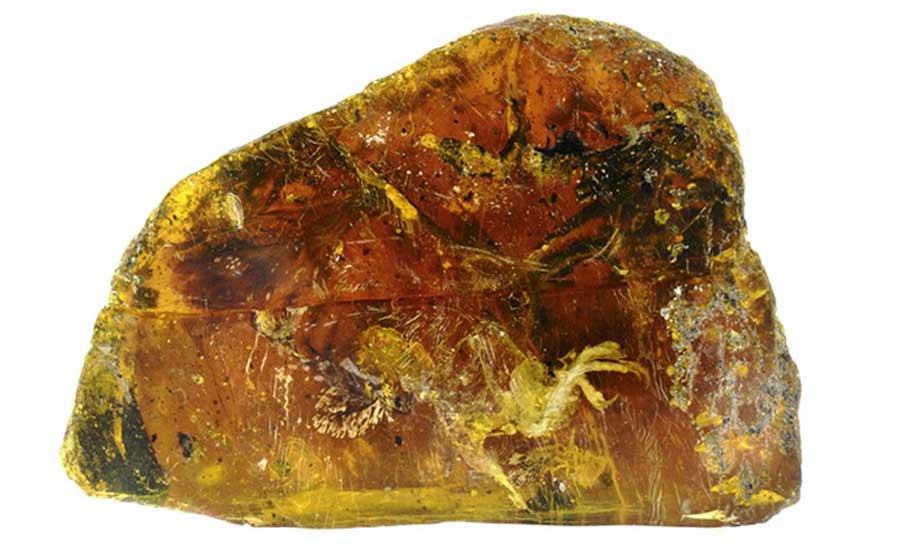

The fossil bird was identified to have been a member of the extinct clade Enantiornithes. Enanthiornithes also known as opposite birds is a group of prehistoric birds, thought to have evolved at the same time as the ancestors of modern birds. But they soon became extinct with the non-avian dinosaurs.
“In appearance, Enanthiornithes were similar to modern birds. The major difference is they had a socket-and-ball joint in their shoulders where modern birds have a ball-and-socket joint. This contributed to the name Opposite birds.
This bird hatchling had claws on their wings, and jaws and teeth rather than beaks. But at that time, either the ancestors of modern birds had not yet evolved beaks.
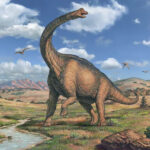
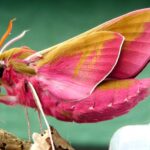
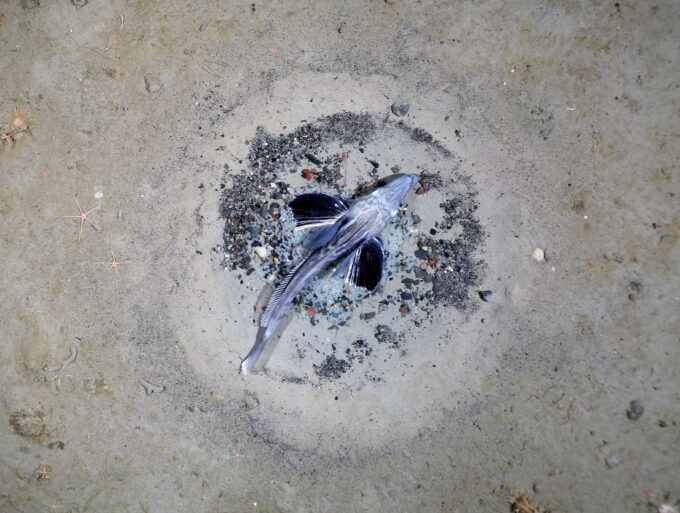
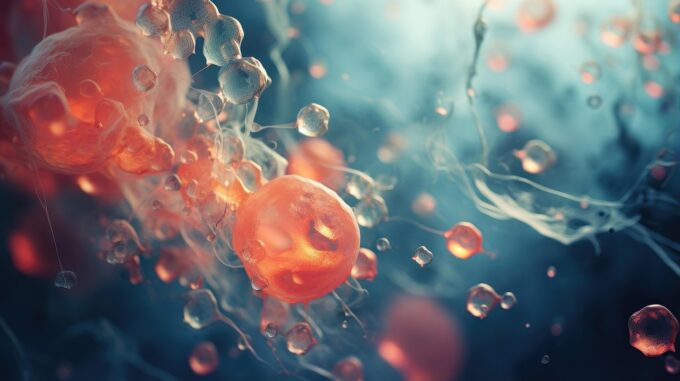
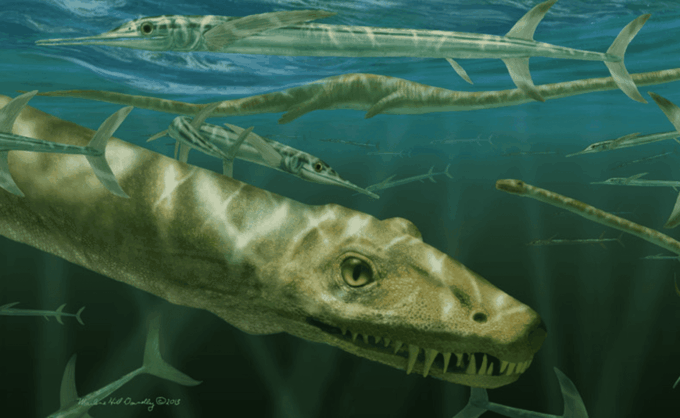
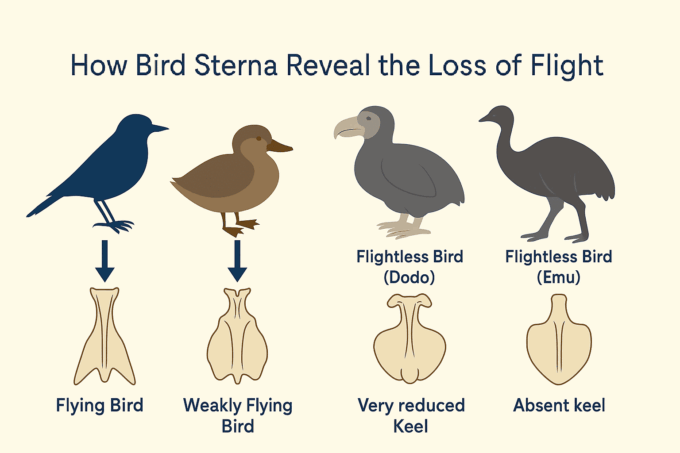
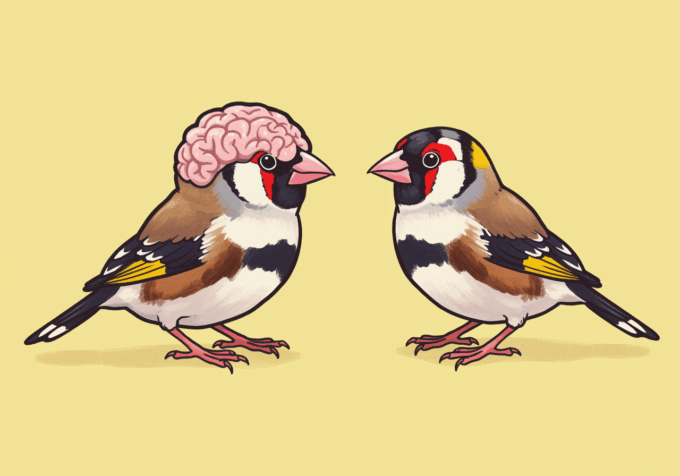
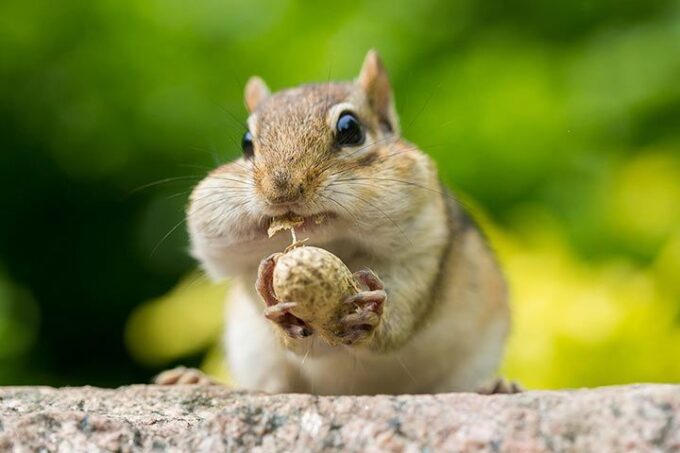
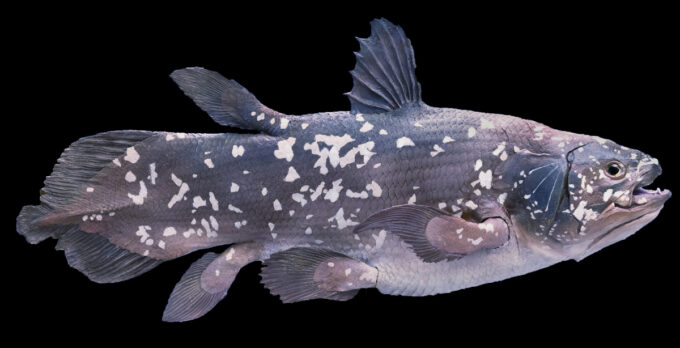
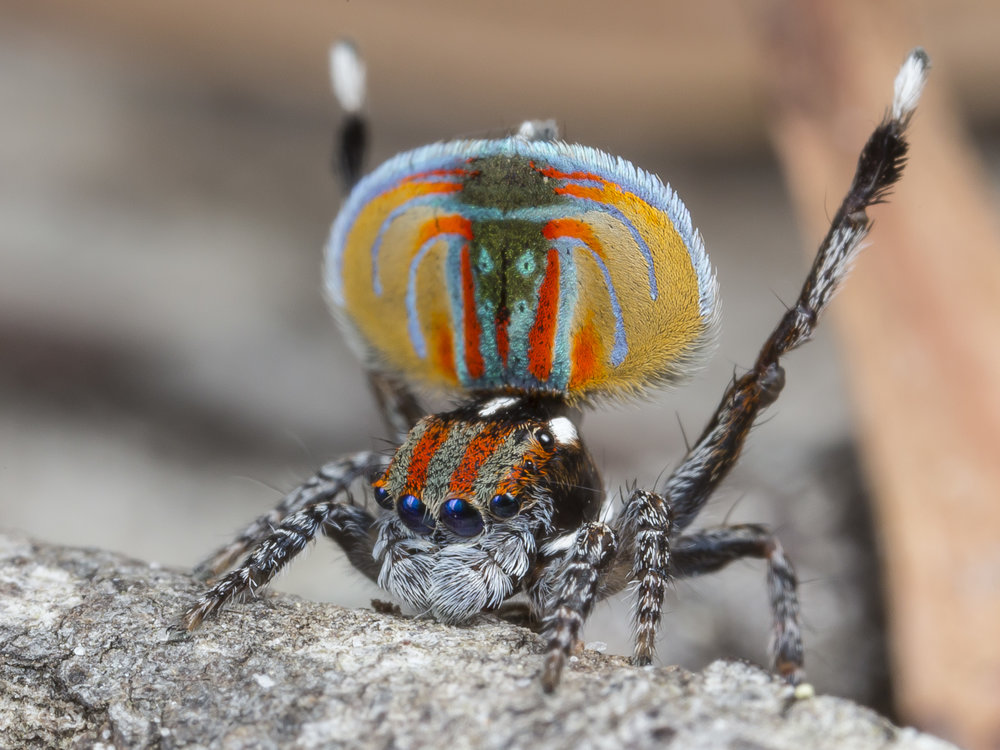
Leave a comment